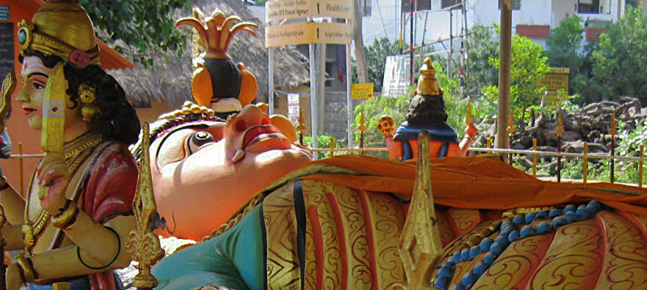
A few kilometers before Auroville, between the spiritual vibes and the foreigner-made Goa feel there is a small village with no significant name of its own. Perhaps as a visitor I have not cared to look for the name of the village. But by the side of a sharp turn in the road, I notice this small temple with a lot of idols. They cannot be missed because like in many Tamil Nadu temples, these idols also are painted in enamel colours. These anthropomorphic images are highly impressive with their rose bodies and multi-coloured costumes. I could have regarded this as one of those temples and invested my gaze into the silent wonders of nature around. But what attracts me is the main idol that lies down on the ground under a canopy, with guarding votive figures around it.
By the time I could take the details in my car has crossed the temple. Hence, while coming back I ask the driver to stop at the temple. I get down with my small camera and walk into the premises. I am very impressed by what I have seen there.
The signboard done in flex board says that it is ‘Arassummoottil Sree Ankala Parameshwari Amman Aalayam’. I look at the main idol that lies on the floor. It is the idol of a goddess and I recognize her as a Devi figure. Later researches prove that she is one of forms of Parvati worshipped in the Southern part of India. She is called Ankala Parameshwari. Ankala means Universe. This goddess who rules the universe. And she is in a relaxing posture after she danced to kill. According to the myth of Ankalamman it is said, once five headed Brahma performed a yagna to save men from two demons Sandobi and Sundaran. From the fires of yagna came Tillotama, an apasara who mesmerized the two demons by her beauty. To save herself from the clutches of two demons Tillottama fled towards Kailasa, followed by two demons and Brahma. When Parvati saw Brahma with five heads she mistook him for Shiva and feel at his feet. But when she realized the truth she was angry and prayed to Shiva asking him to destroy Brahma’s fifth head. Thus Shiva assumed the form of Rudra and beheaded Brahma’s fifth head.
Angry and humiliated Brahma cursed Shiva that his head would get attached to his hand and thereby Shiva would be affected by hunger and lack of sleep. Shiva as Kapalika- i.e. one with skull in hand, roamed the earth, slept in graveyards and smeared ashes over his body and started begging for food. Whatever food he would get the skull or Kapala began to eat most of it. Meanwhile Parvati was unable to bear her husband’s misery. She approached her brother Lord Vishnu and pleaded him to relieve Shiva from Kapala. Lord Visnu told her, “My dear sister, go to Thandakarunyam graveyard with your husband and make a pond there and name it “Agni Kula Teertham” then prepare a tasty food made by “Agathi Keerai” mix it with the blood and spread that food around the graveyard. With the smell of blood, Kapala would leave Shiva’s hand and eat the food. Then take your husband to the pond and wash him clean with waters so that Kapala would not get stuck to his hands again.”. Parvati did as her brother said and when Kapala got detached from Shiva’s palms she cleaned him with the water. When Kapala came back to Shiva it could attach itself, but now it attached itself to Parvati hand. She became so furious with anger and began to dance. As she danced she grew in size. bigger and bigger till she covered the universe. In this gigantic form she crushed the Kapala with her right foot. Only then she lay down to relax on the ground to relax.
In this fiercest form which destroyed Kapala, and which came out of Parvati is called Ankala Parmeshvari or more fondly as Angalaamman. Parvati then asked Angalaamman to stay in the same place and serve the people.
Ankala Parameshwari is worshipped in different parts of Tamil Nadu and Andhra Pradesh. In some places she is worshipped as a pregnant goddess. And most of the pregnant women from these regions travel to Ankala Parameshwari Amman Alayam for healthy children and painless delivery.
There is a beautiful mutative blend of Shaivite and Vaishnavite cults in this temple. The guarding angles of Ankala Parameshwari are the incarnations of Vishnu. And interestingly most of them are in the female form. So you see a Narasimha moorty and Varaha in female forms. Even the mutations of the cults are shown in the Ardhanareeshwara.
This particular village temple is called Arasummoottil because there is an arasu tree in the premise. And one interesting idol that I find is a small sculpture of a tortoise kept under a tree. And before this tortoise figure there are a row of bricks kept vertically smeared with turmeric powder and kajal. There are yellow threads running around it.
Women constitute majority of devotees in this temple. What interests me is the celebration of femininity and feminine principle including pregnancy as a centre of worship in this temple. Without controversy the transformation of male incarnations are made into female incarnations. This I feel is like a reading of the male scriptures from a female point of view; a sort of discursive cult that challenges the male point of view without breaking much of the ideologies built around the Hindu temples.
Story Collected by : Johny M L
Source: as told by locals
Location : Tamil Nadu







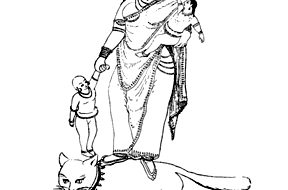
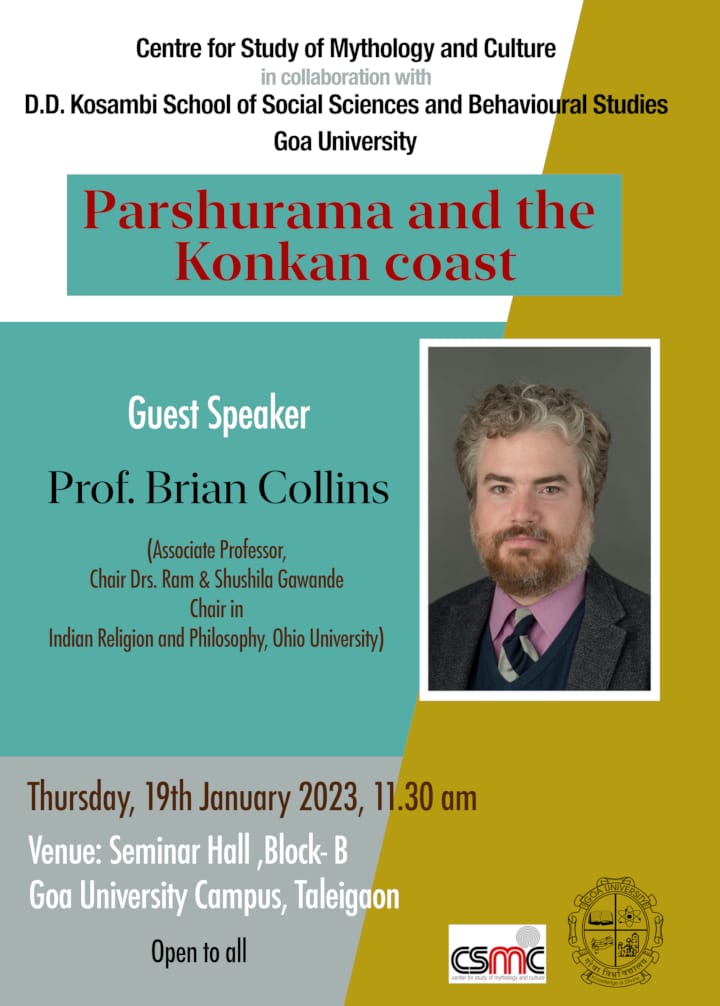
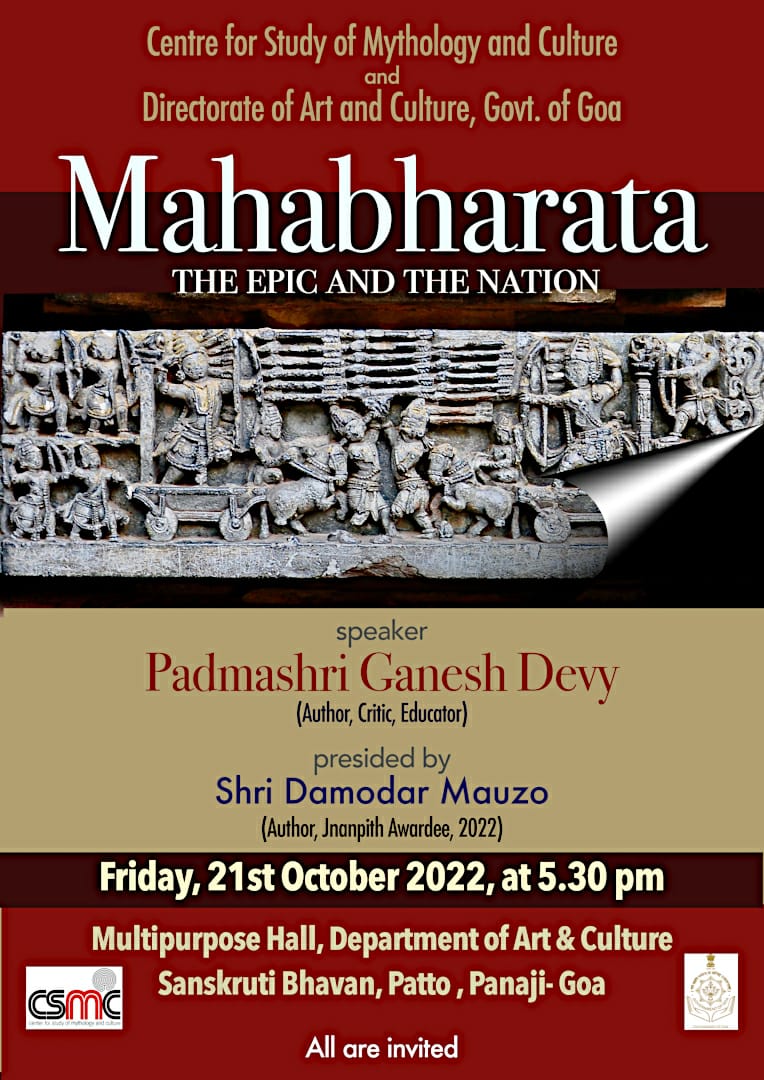
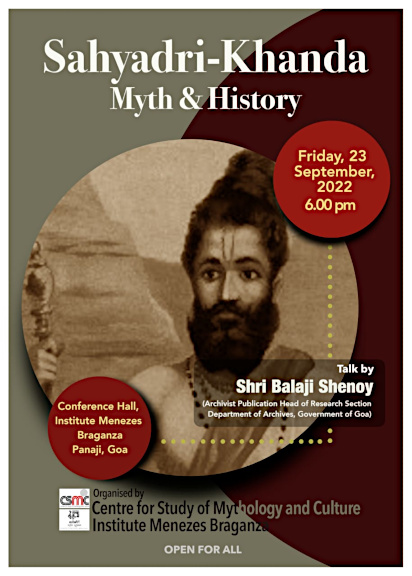
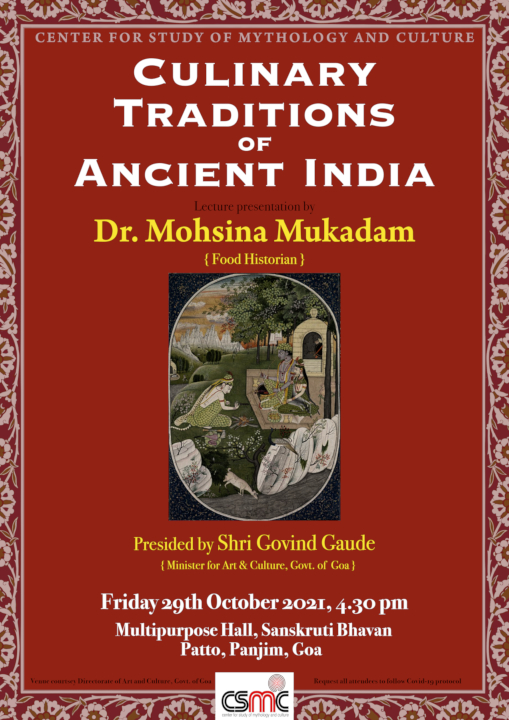

Leave a Comment